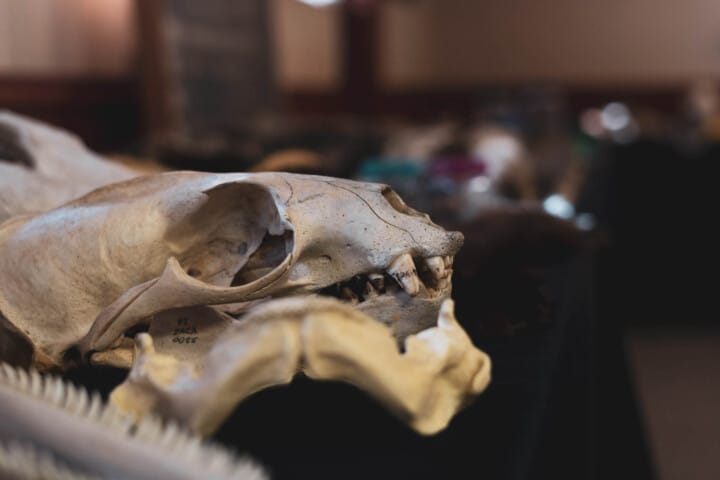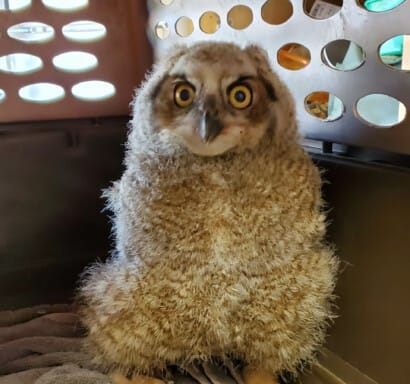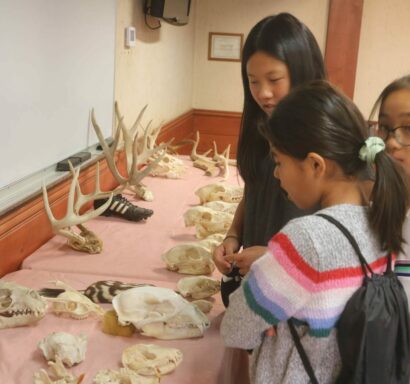
Overview
This class leads students through the ins and outs of how an ecosystem survives and thrives. They will learn the importance of not only the biotic parts of the community that is formed but the abiotic parts that are just as important. By the end of the class, students will be able to identify at least 3 types of ecosystems, as well as explain certain relationships within the ecosystem.
Educational Standards
NGSS-MS-LS2-3:
Develop a model to describe the cycling of matter and flow of energy among living and nonliving parts of an ecosystem.
NGSS-MS-LS2-4:
Construct an argument supported by empirical evidence that changes to physical or biological components of an ecosystem affect populations.
NGSS-MS-LS2-5:
Evaluate competing design solutions for maintaining biodiversity and ecosystem services.
NGSS-5-LS1-1:
Support an argument that plants get the materials they need for growth chiefly from air and water.
NGSS-5-LS2-1:
Develop a model to describe the movement of matter among plants, animals, decomposers, and the environment.
NGSS MS-LS2-2:
Construct an explanation that predicts patterns of interactions among organisms across multiple ecosystems.
NGSS 5-PS3-1:
Use models to describe that energy in animals’ food (used for body repair, growth, motion, and to maintain body warmth) was once energy from the sun.



